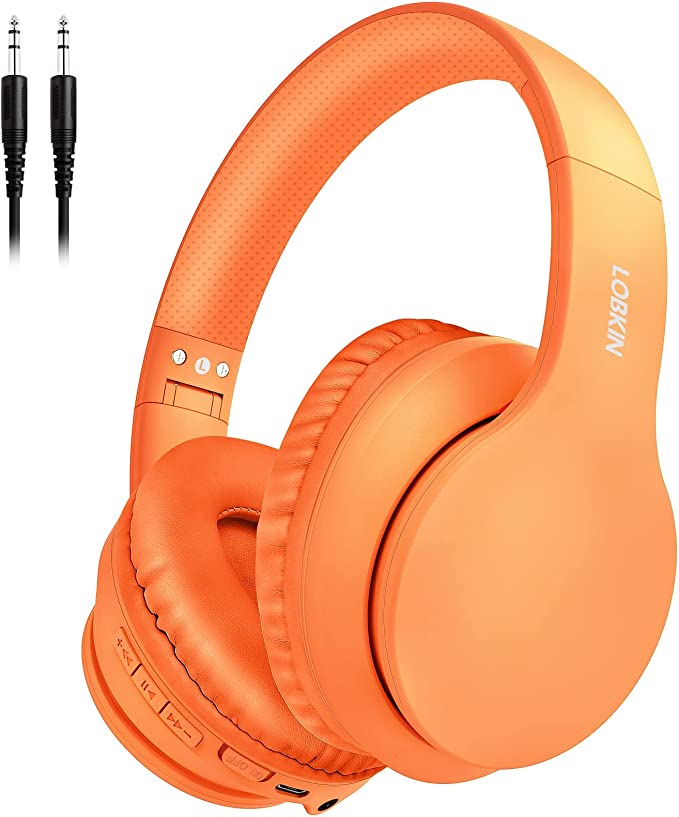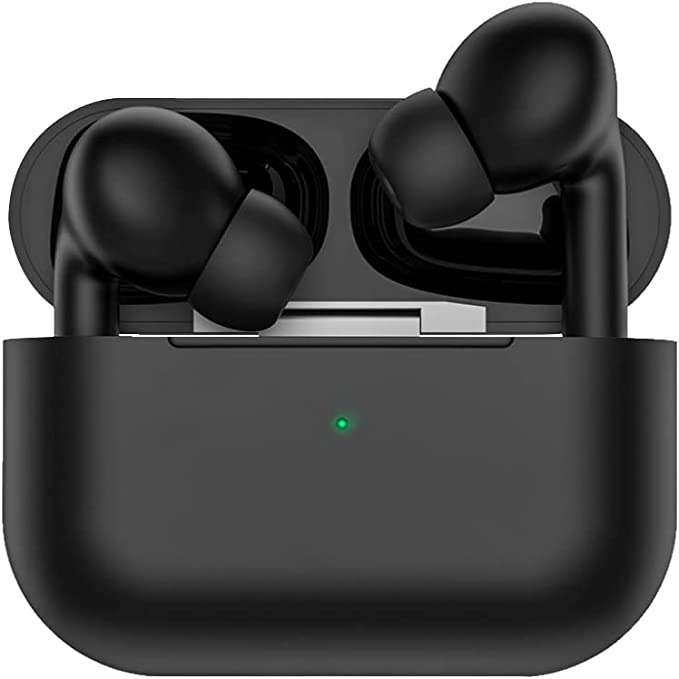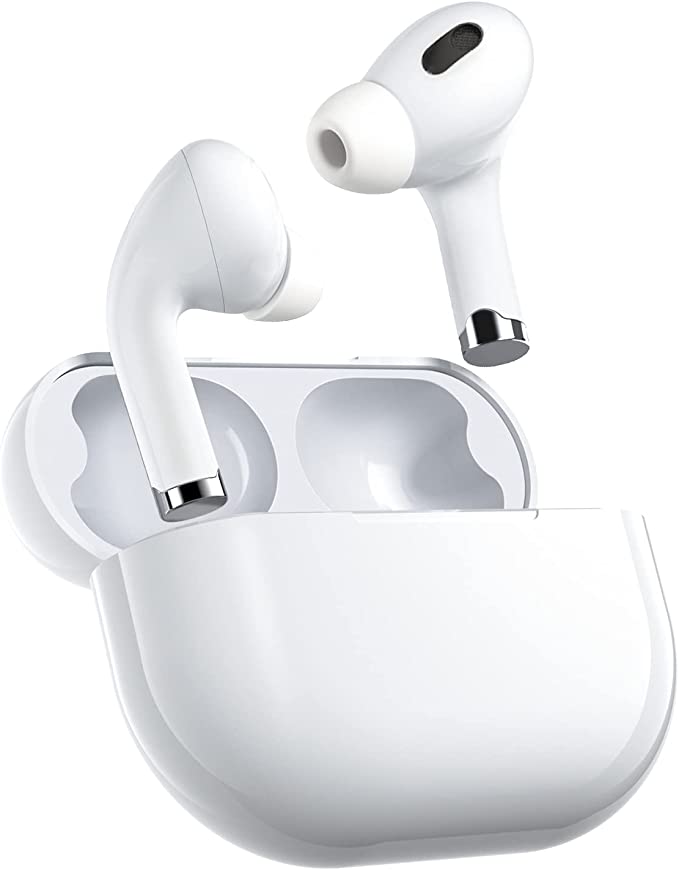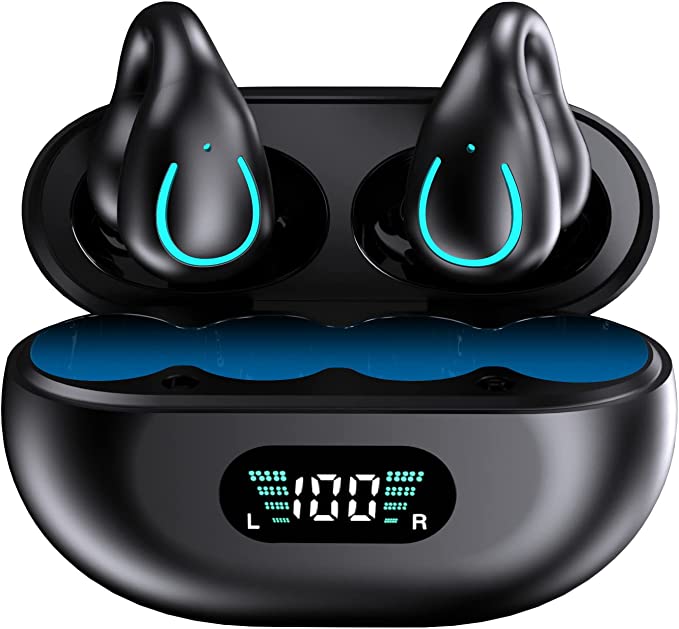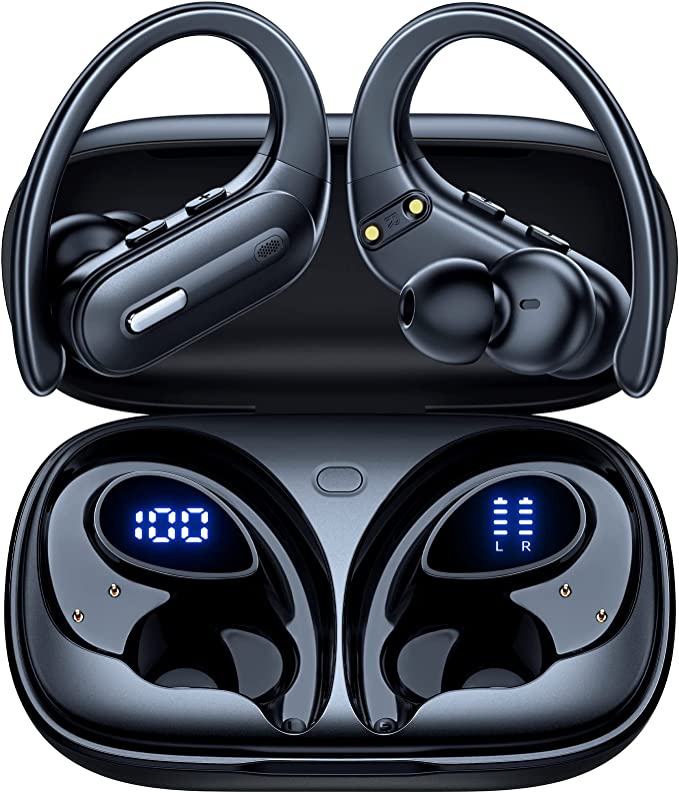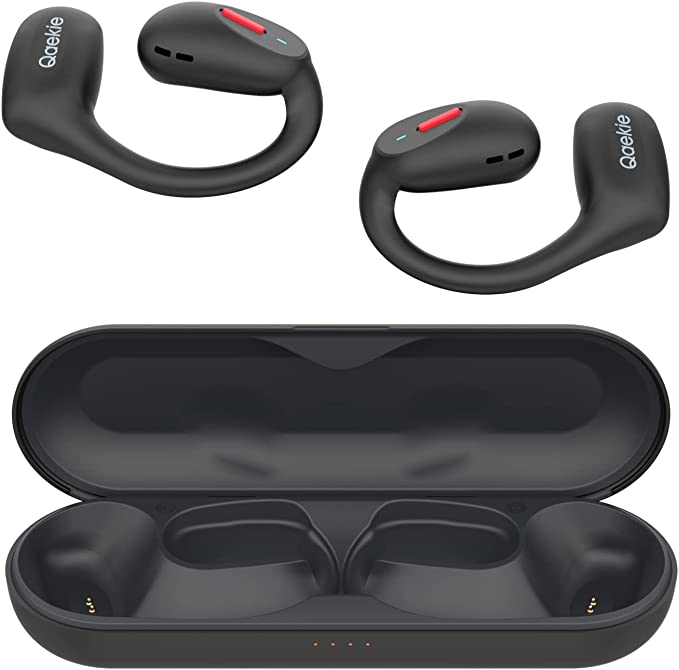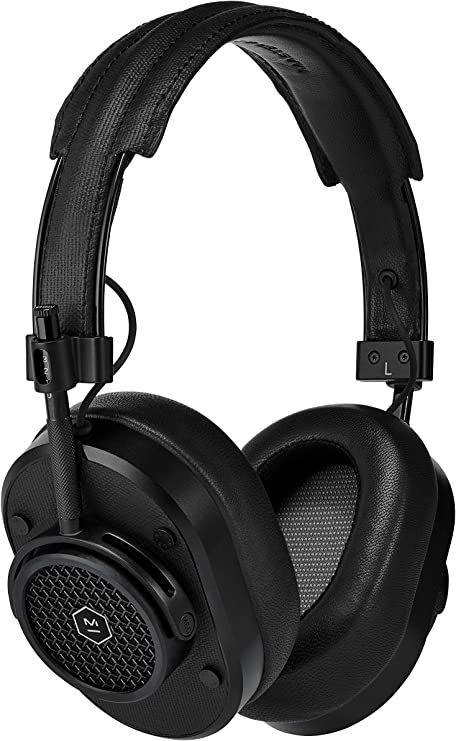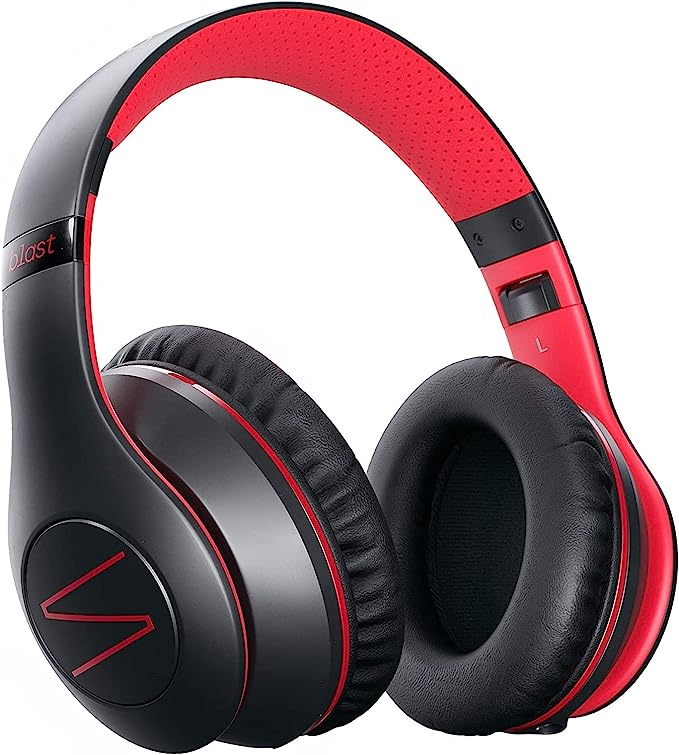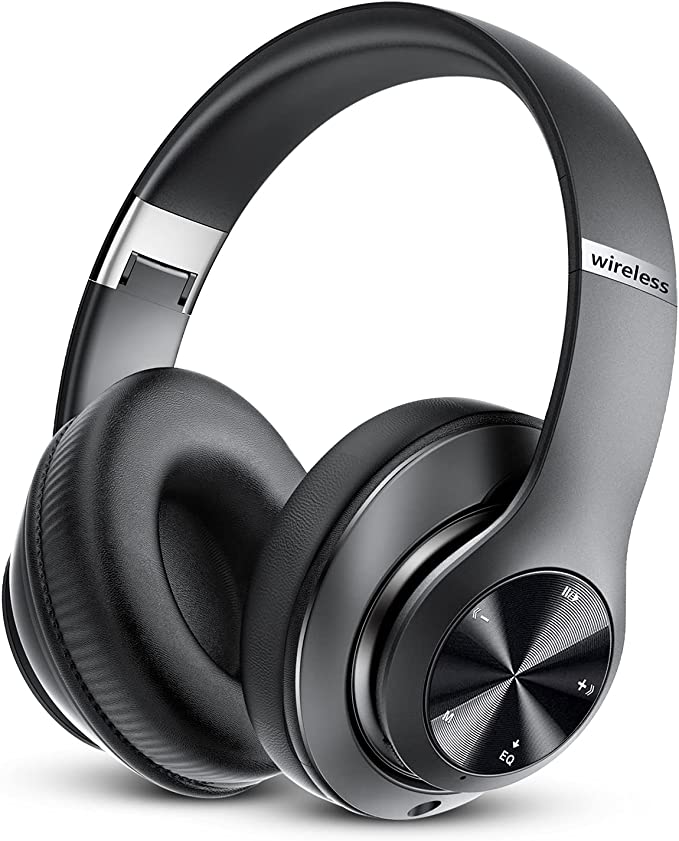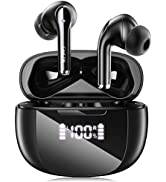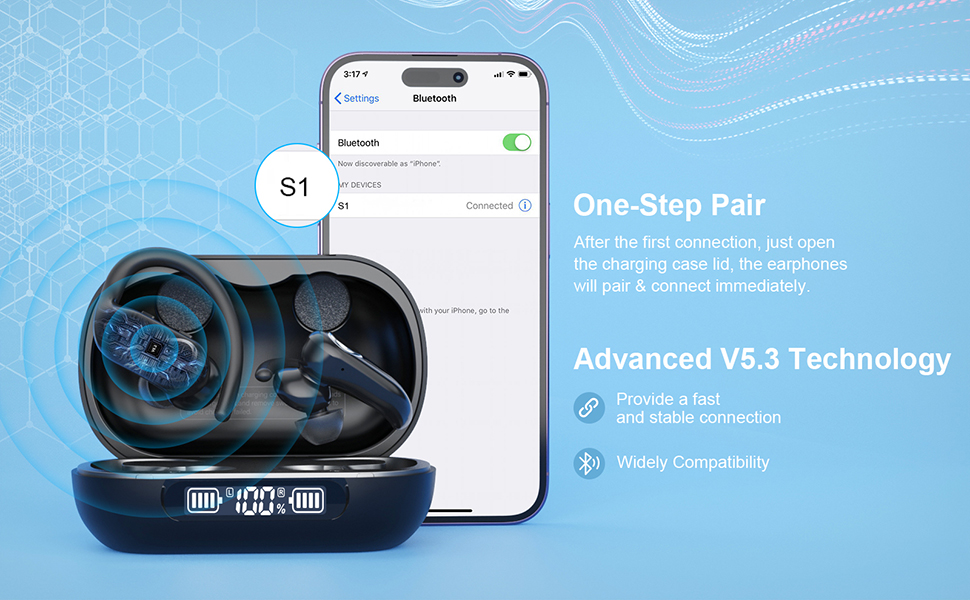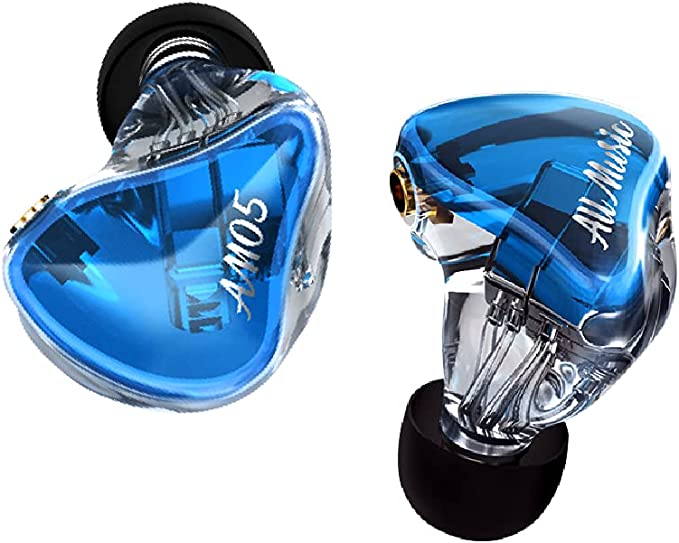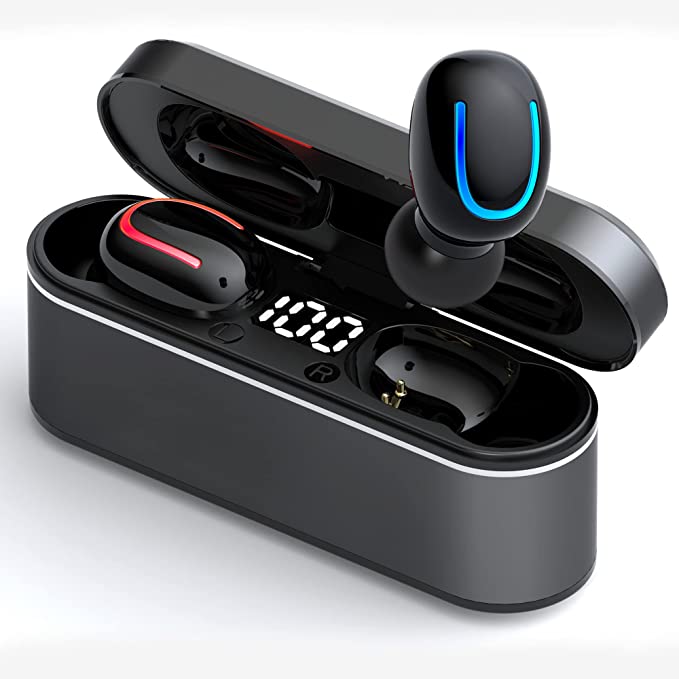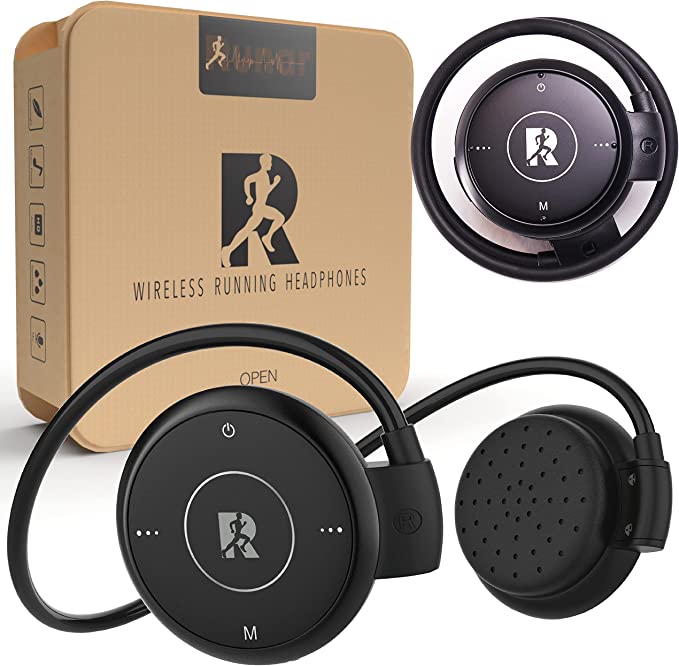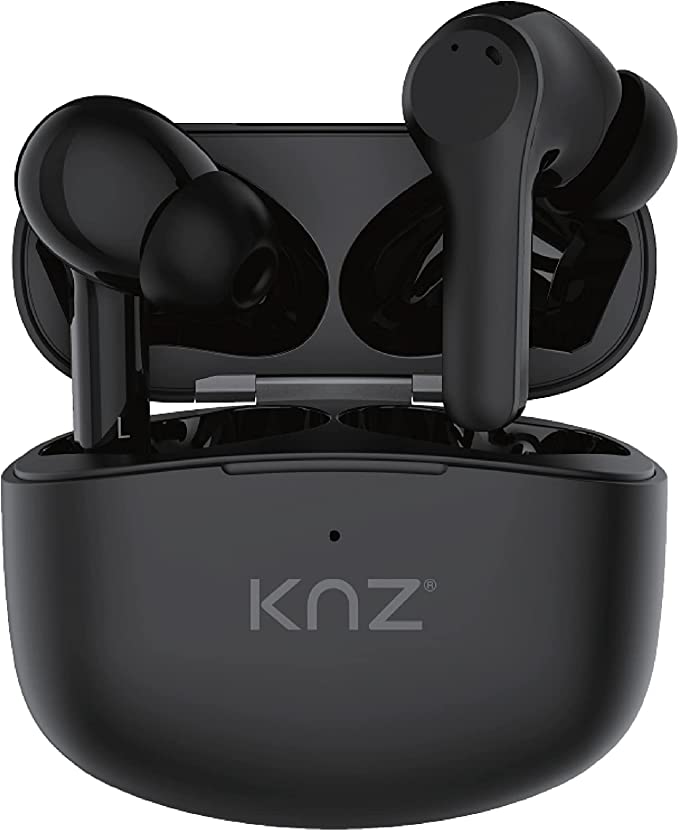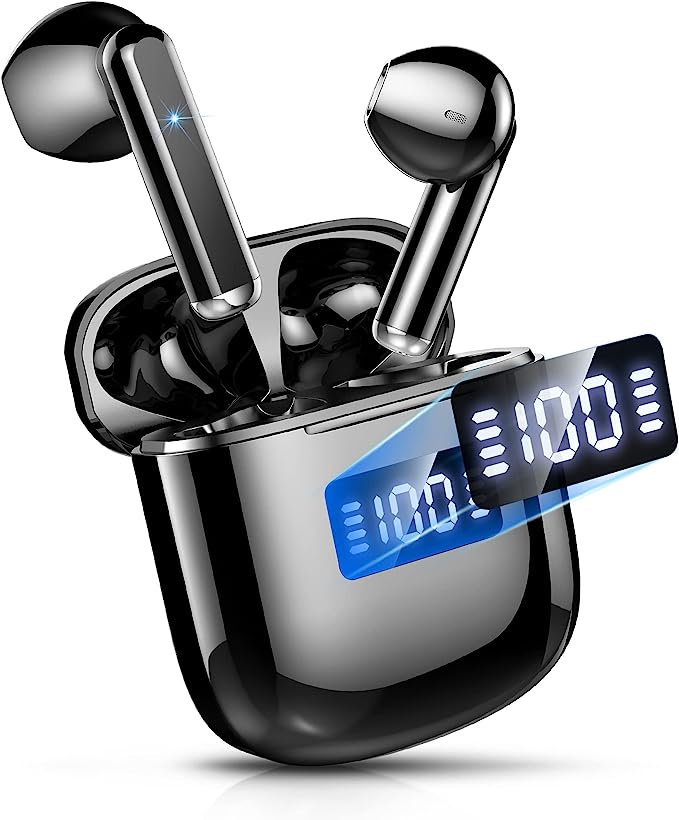Beyond the Manual: How to Master Your DOQAUS LIFE 4 Headphones
Update on Oct. 30, 2025, 3:14 p.m.

There’s a specific kind of excitement that comes with unboxing a new pair of wireless headphones. You get that initial rush of a new gadget, the promise of untethered music, and the satisfaction of a great deal. But after the initial pairing, you’re often left alone with a tiny, confusingly translated manual and a nagging question: Am I missing something?
If you’ve picked up a popular set like the DOQAUS LIFE 4, you might be wondering how to access those “3 EQ modes,” what “Bluetooth 5.3” actually does, or why the battery seems to last forever.
Here’s the good news: you’re right. You are likely missing something. Modern budget headphones are packed with technology that isn’t always well-explained. This isn’t a review; this is the guide you wish came in the box.
Let’s dive in and unlock every feature of your headphones, using the LIFE 4 as our primary example.
Part 1: The Connection (That You Don’t Have to Think About)
The first hurdle is pairing. You turn them on, find them in your phone’s Bluetooth list, and connect. Simple. But the quality of that connection is where the real technology shines.
What Bluetooth 5.3 Actually Means for You
You’ll see “Bluetooth 5.3” listed on the box, and it’s easy to ignore as just another version number. But for a wireless experience, this is one of the most important features.

Think of it this way:
- It’s Not Just About Range: Yes, it provides a stable connection up to 66 feet (20 meters), but the real win is efficiency and low latency.
- Efficiency: This is the “secret sauce” for that massive battery life we’ll cover later. BT 5.3 is incredibly frugal, sipping power instead of gulping it, so your headphones stay connected for days, not hours.
- Low Latency: This is the gap between what you see and what you hear. With older Bluetooth, you might notice a slight delay when watching videos—a character’s lips move just before you hear the sound. Bluetooth 5.3 dramatically reduces this lag, making videos and casual gaming feel much more in-sync.
The “Infinite Battery” Trick: Wired Mode
Inside your box, you’ll find a 3.5mm audio cable. This is your escape hatch.

When you plug this cable into your headphones and your device (phone, PC, or game controller), two things happen:
- The Bluetooth connection instantly turns off, saving all battery power.
- The headphones draw power directly from your device, just like old-school wired headphones.
This means that even if your battery is completely dead, you can still use them. This is perfect for long flights, connecting to an airplane’s entertainment system, or plugging into a PC for a gaming session where you don’t want to worry about a single millisecond of lag.
Part 2: The Most Important Feature You’re Not Using (The 3 EQ Modes)
This is, by far, the most powerful—and most hidden—feature of these headphones. Many users don’t even know it exists.
The 40mm drivers inside the earcups (the “speakers” themselves) are what produce the sound. But that sound isn’t fixed. You can change its “flavor” using the built-in Equalizer (EQ). On the DOQAUS LIFE 4, this is typically controlled by pressing a dedicated “EQ” button (or sometimes by pressing the volume buttons in a specific way—this is where you check that manual!).
This isn’t a gimmick. It completely changes the listening experience.

Here is a simple, no-nonsense guide to the 3 EQ Modes and when to use them:
Mode 1: Well-Balanced Mode (The Default)
- What it is: This is the “flat” or “natural” setting. The sound is presented as the artist intended, with no frequencies artificially boosted.
- When to use it: This is your all-rounder. Use it for pop, rock, and most genres of music. It’s also the best starting point.
Mode 2: Bass Boosted Mode
- What it is: This mode significantly amplifies the low-end frequencies (the bass and sub-bass). You don’t just hear the bass; you feel it.
- When to use it:
- Music: Hip-hop, EDM, and electronic music. It gives that “nightclub” feel.
- Movies & Gaming: This is fantastic for action movies. Explosions, rumbling engines, and dramatic scores will feel much more powerful and immersive.
Mode 3: High Definition (Treble Boost) Mode
- What it is: This mode boosts the high-end frequencies. This makes sounds brighter, crisper, and more detailed.
- When to use it:
- Podcasts & Audiobooks: This is the perfect mode for spoken word. It brings vocals forward, making them incredibly clear and easy to understand, even at low volumes.
- Classical & Acoustic: This setting will make string instruments, cymbals, and acoustic guitar-picking sound exceptionally sharp and “airy.”
Try switching modes next time you listen to a podcast. The difference is night and day.
Part 3: Understanding the Controls and Microphone
This directly addresses the “manual” and “volume” queries. The side of the earcup is your command center. While layouts differ slightly, the functions are universal.
- Volume Control: You’ll have a
Volume +andVolume -button. A quick press adjusts the volume. - Track Skipping: This is the most common “hidden” command. Press and hold the
Volume +button to skip to the next track. Press and hold theVolume -button to go to the previous track. - The Multi-Function Button (MFB): This is usually the Power button or Play/Pause button.
- Play/Pause: Quick press.
- Answer/End Call: Quick press when a call comes in.
- Reject Call: Press and hold when a call comes in.
A Note on Microphone Quality
Let’s be realistic—this is a key concern (doqaus life 4 microphone quality). The built-in HD microphone is designed for convenience, not for studio recording or professional streaming.
It’s perfect for: * Quick phone calls on the go. * Casual voice chats in a quiet room.
It is not ideal for: * Important business calls in a noisy café. * High-stakes team gaming where every command needs to be crystal clear.
Mentor’s Tip: The microphone only works in Bluetooth mode. When you plug in the 3.5mm audio cable, the headphone’s internal mic is disabled. Your device (like your PC or phone) will then switch to its own internal mic, or a dedicated mic if you have one.
Part 4: The Science of All-Day Comfort
What’s the point of a 90-hour battery if the headphones hurt your ears after 90 minutes?
The final piece of the puzzle is comfort, and it comes from two things: the light weight and the earcup material.

Those soft pads are made of memory-protein foam. This isn’t just regular foam; it’s a viscoelastic material (famously developed by NASA) that reacts to your body heat.
As you wear the headphones, the foam softens and molds perfectly to the unique shape of your head and around your ears.
This does two critical things:
1. It Eliminates Pressure Points: Instead of the hard plastic rim pressing on your cartilage, the pressure is distributed evenly across the entire surface. This is what allows for true, long-session comfort.
2. It Creates a Passive Seal: By forming a snug fit, the foam physically blocks out a significant amount of mid- and high-frequency background noise (like people talking or a fan humming). This “passive noise isolation” lets you get lost in the music without having to crank the volume to dangerous levels.
So, don’t just put your headphones on. Wear them for a few minutes. Let the foam do its job.
You haven’t just bought a cheap pair of headphones. You’ve bought a surprisingly sophisticated piece of audio gear. The key isn’t the price; it’s knowing how to use it.
